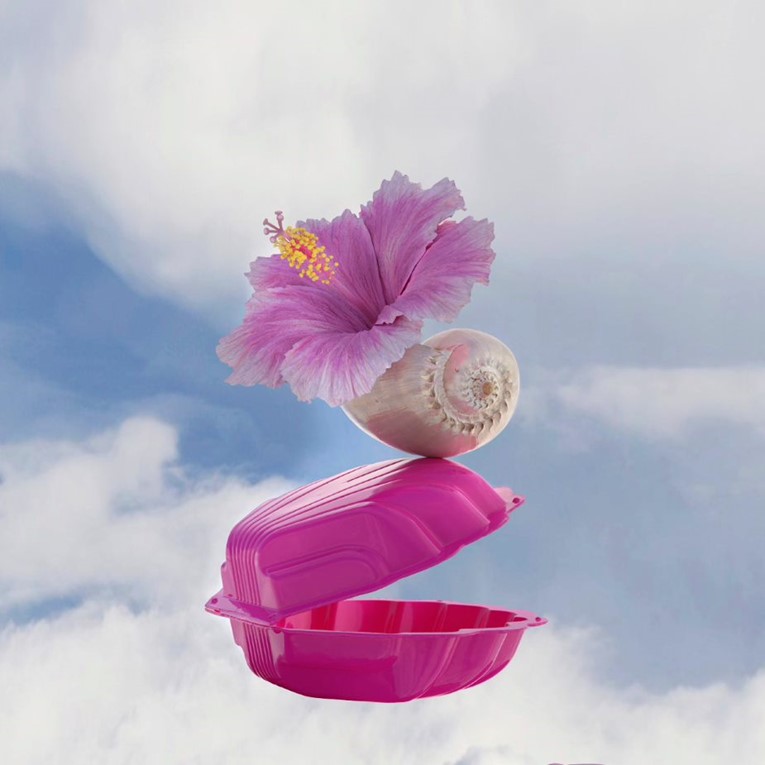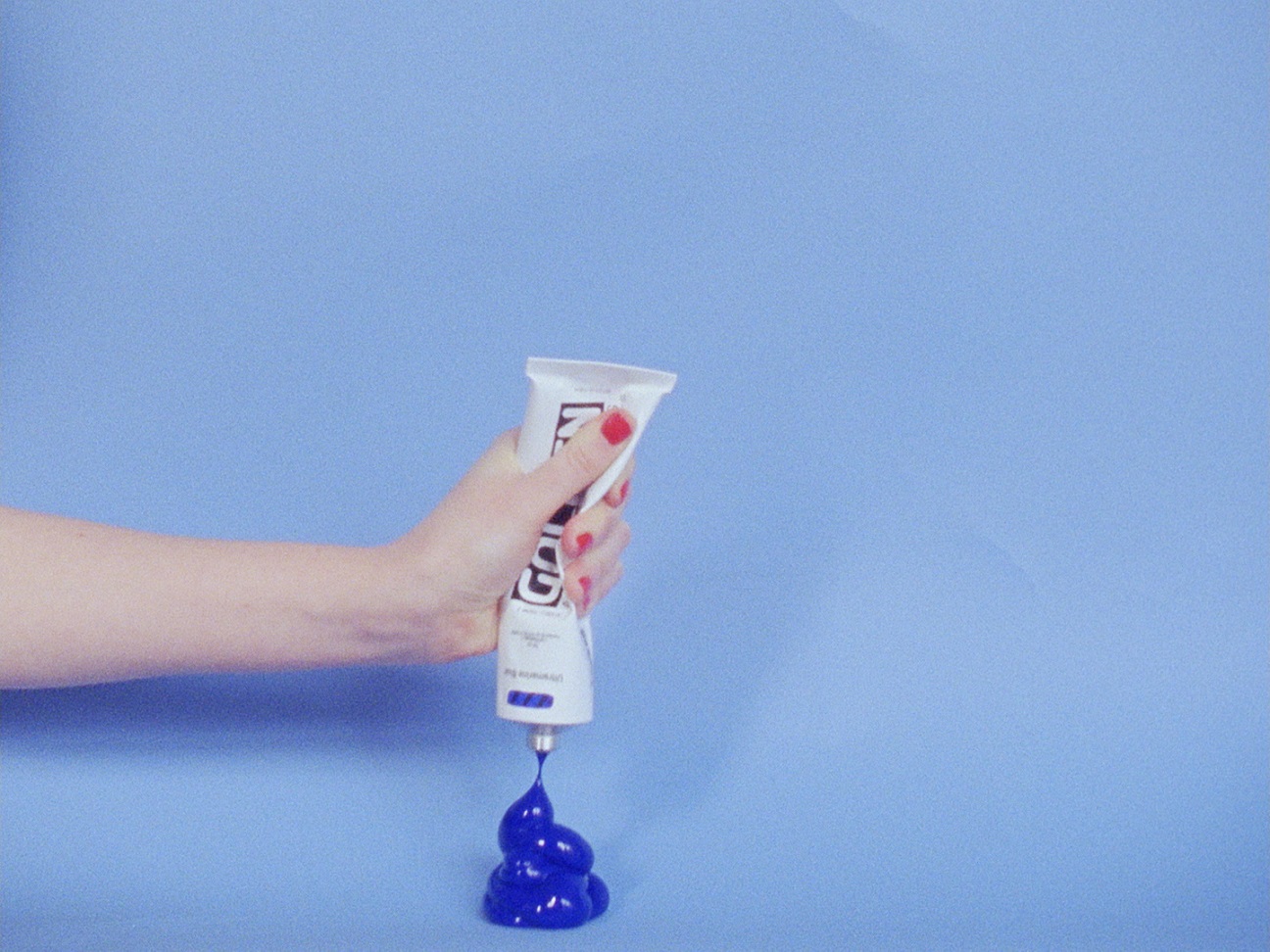Hydrodecadence: Dr Léuli Eshrāghi in conversation with Angela Tiatia

Artist Angela Tiatia joins UQ Art Museum’s Curatorial Researcher in Residence Dr Léuli Eshrāghi for a conversation about transoceanic knowledges and practices. Through their discussion they will grapple with the notion of hydrodecadance – an industrial phenomenon of appropriation and extraction in violation of Indigenous integralities.
__________________________________________________________
Angela Tiatia (Sāmoa/Australia) has exhibited both nationally and internationally. Important recent institutional group exhibitions, include Matisse Alive, Art Gallery of New South Wales (2021-2022); National Gallery of Victoria Triennial, Victoria (2020-2021); Archi-Plus, Art Gallery of New South Wales (2020); Southern Transmissions: Contemporary Video Art From Oceania, Duolun Museum of Modern Art, Shanghai (2020); Paul Gauguin, Why are you angry?, Ny Carlsberg Glyptotek Copenhagen, Denmark (2020-2021); After Us The Deluge, Kunst Haus Wien, Museum Hundertwasser, Vienna, Austria (2020); WATER, Queensland Art Gallery | Gallery of Modern Art, Brisbane (2019/2020); Intercambio, Cuba Biennial, Havana (2019); Personal Structures, a collateral exhibition of the 57th Venice Biennial (2017); After the Fall, National Museum of Singapore (2017); the Eighth Asia Pacific Triennial of Contemporary Art (APT 8), Queensland Art Gallery | Gallery of Modern Art, Brisbane (2015/16). Major solo exhibitions include Narcissus, Sullivan+Strumpf, Sydney (2019); The Fall, Margaret Lawrence Gallery, Melbourne (2019); Tuvalu, The Australian Museum, Sydney (2019).
Dr. Léuli Eshrāghi is a Sāmoan/Persian/Cantonese artist, writer, curator and researcher. They intervene in display territories to center global Indigenous and Asian diasporic visuality, sensual and spoken languages, and ceremonial-political practices. Eshrāghi is Curator of the 9th TarraWarra Biennial of Australian Art (forthcoming 2023), Curatorial Researcher in Residence (Blue Assembly) at the University of Queensland Art Museum, and Scientific Advisor (Reclaim the Earth) at the Palais de Tokyo. Eshrāghi was editor with Camille Larivée of the landmark Indigenous art history publication D’horizons et d’estuaires: entre mémoires et créations autochtones (Éditions Somme toute, Montréal, 2020).
___________________________________________________________________________________________
Image credit: Angela Tiatia, The Pearl, 2021, still from single-channel 4K video 16:9, colour, sound. Courtesy of the artist and sullivan+strumpf, Sydney
About Ultramarine Conversations

Free events
Ultramarine Conversations presents guest speakers from a diverse range of fields and practices. Through a series of talks and panel discussions they will take you into the watery spaces of our planet, exploring biodiverse environments, human and non-human habitats, and the varied and complex place of the ocean in global cultures.
Ultramarine was originally mined in the Hindu Kush mountains of what is now known as Afghanistan. During the early Renaissance period it became the most prized and expensive colour to paint with. The word comes from the medieval Latin word ultramarinus: "beyond the sea".
The series is presented as part of Blue Assembly.
Venue
Saint Lucia, QLD, 4072

